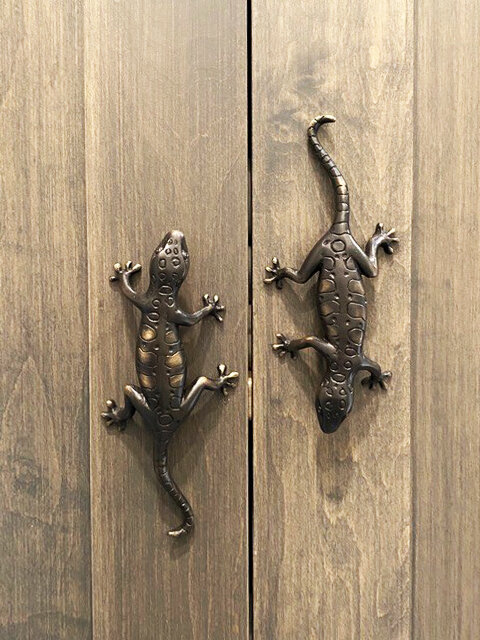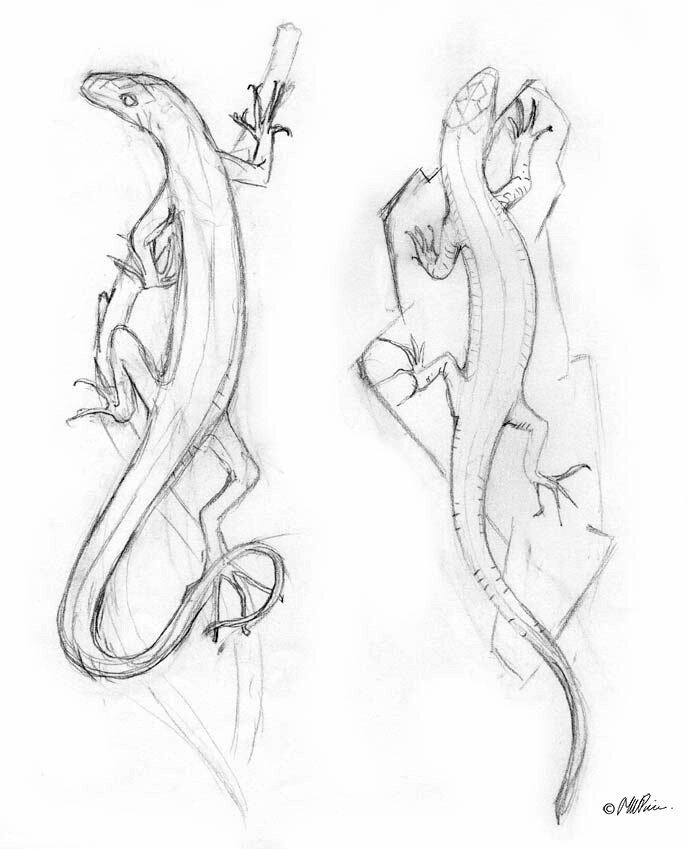The Heroic Vine is a very organic piece and is not symmetrical but slightly asymmetric meaning the top and bottom are different and the front and back faces also are slightly different.
Two of these were ordered as a set to be mounted back-to-back on a glass door panel and the client requested that they be “mirrored”.
This raised an interesting question and in answering I was faced with a mind teaser that took me down Alice’s rabbit hole into the world of symmetry.
When we describe 2 images as being mirrored, we are stating that the one image is a reverse of the other and we can flip the image in a program like Photoshop to achieve this. While this is easy to do with a flat or 2-dimensional image this can only be achieved with a 3-dimensional object if is completely symmetric as would be case in a perfectly spherical orb or cylindrical tube. In both cases one can turn the object on its head, rotate it etc. and we will always be viewing the “face”.
This is not the case with any of the door pulls we make as we do not make any that are plain tubes or orbs. However, we can still create a mirrored set provided one face of the handle is symmetrical and the design at the top is the mirror image of the design at the bottom. The Morphic Serpentine handle is a good example with the top lacey pattern bending to the right and the bottom bending to the left.
If the handle design is not symmetrical, we can only create a truly mirrored set if we have a left and right facing design as is the case with our Hedgerow heroic tree handles.
The Grapevine heroic handle is not symmetrical and not directional. The “front” of the handle is different to the “back” as is the “top” to the “bottom”. As a set and when mounted back-to-back on glass they are best described as an organic mirror of each other.














































